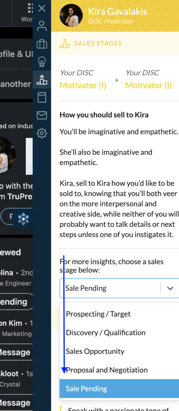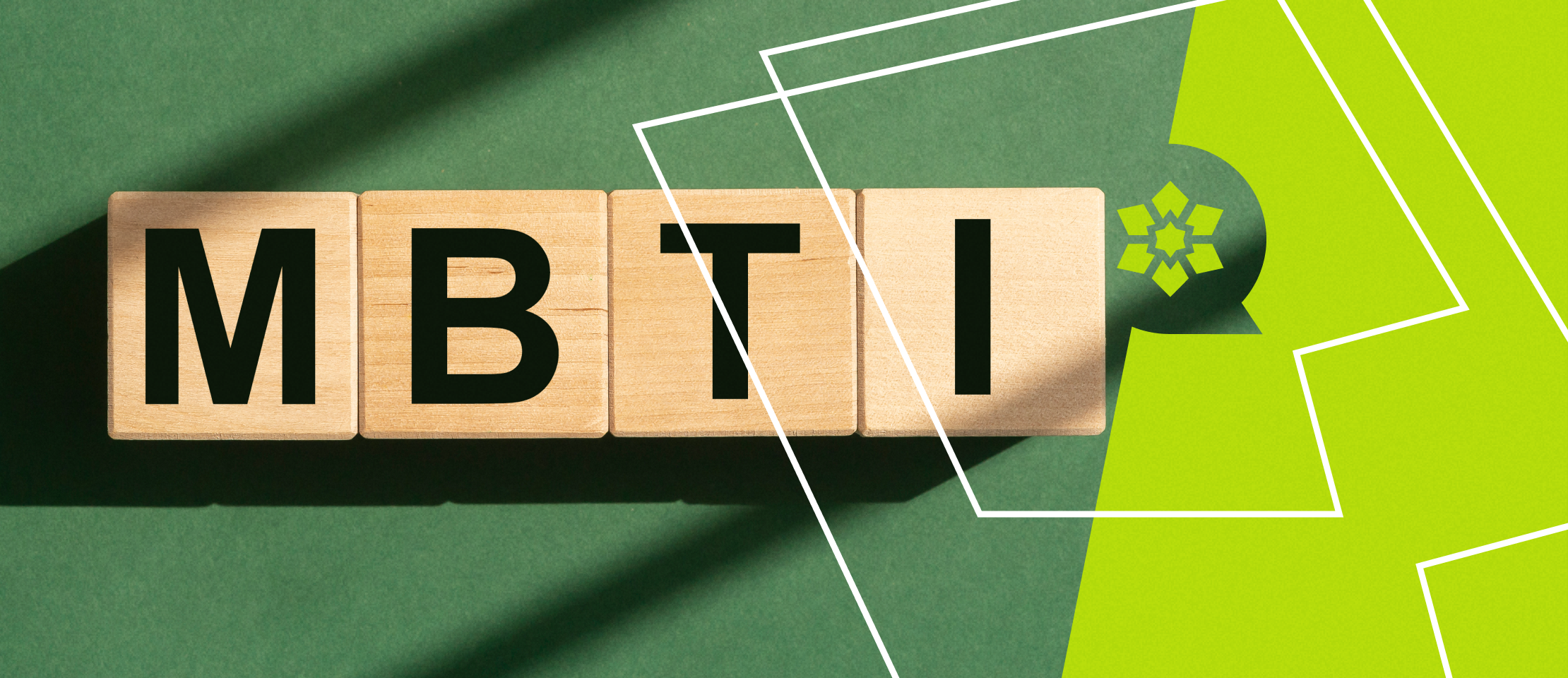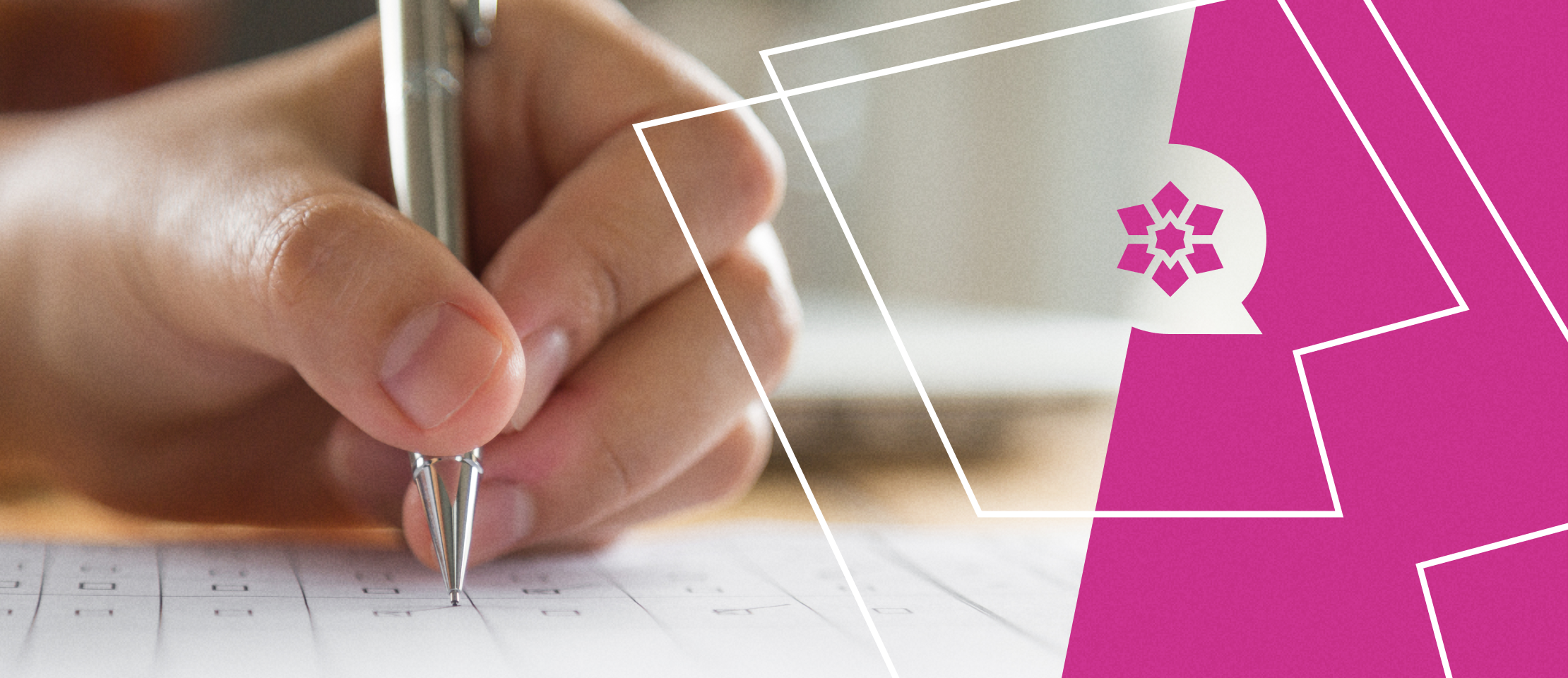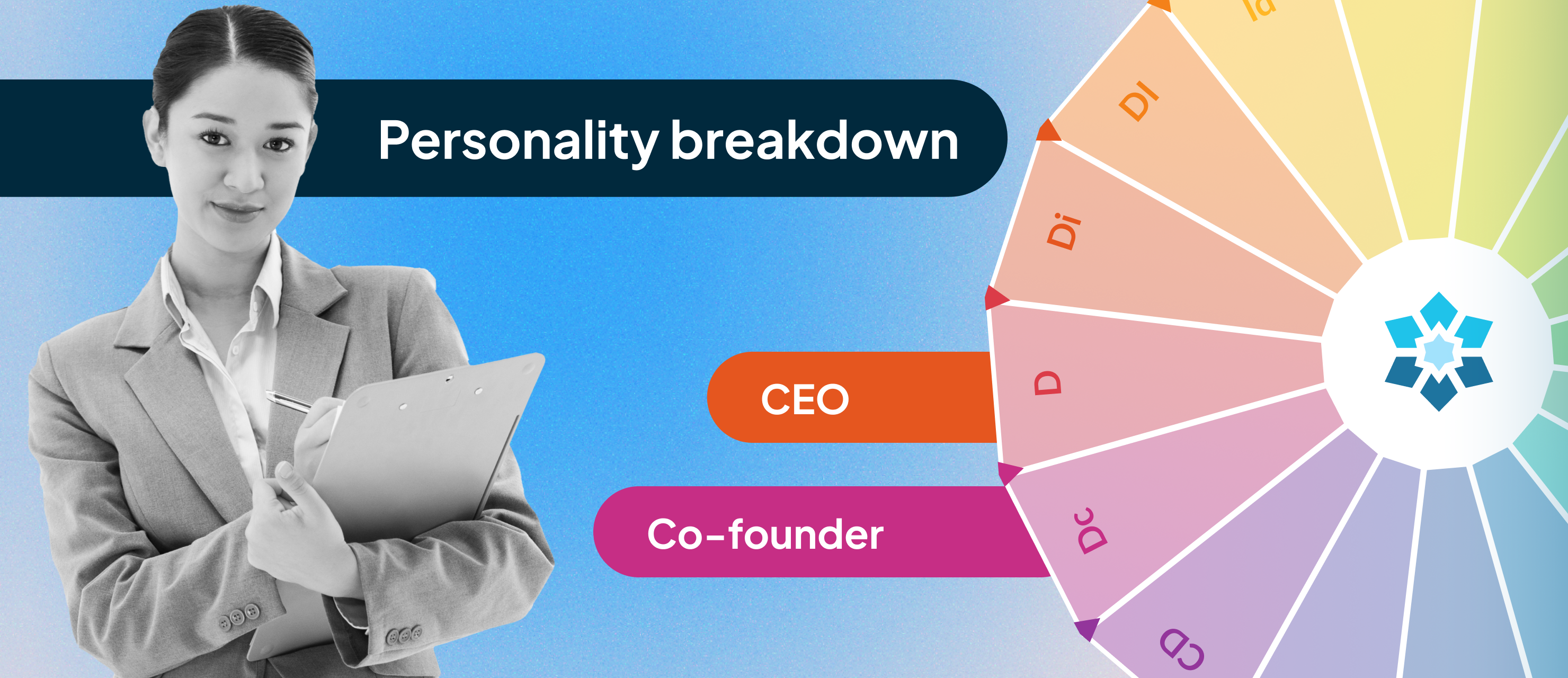
There’s a new wave of personalization; one that’s beyond Hello, [name].
It’s a wave that’s no longer about cookie-cutter approaches, but about understanding the personality and natural behaviors of a buyer.
Yet, 25% of businesses are open about not placing the power of personalization as a priority in their strategy, even though 72% of customers acknowledge that they’ll only engage with personalized interactions.
In an age where messages are constantly speaking at buyers, the opportunity for great personalization is still yet to be fully realized. It’s not to say that firmographic or demographic information isn’t important; it’s to say that personalization has taken a new frontier. Forward thinking professionals who want to further personalize at scale can use adaptive selling tools like Crystal to understand their prospect’s natural personality. Once a prospect’s personality is understood, professionals can use that information to hyper-personalize at every stage of the sales process.
Personalization at Scale Throughout Every Stage of the Sales Cycle
During outreach
A passionate sales rep will understand that utilizing firmographic data is only a small piece of the puzzle. This information, while valuable, leaves out a key factor in personalization at scale: understanding personality types.
When it comes to outreach, personalization at scale requires an understanding of our audience, adding nuances in which our buyers like to communicate and interact with others.
For example, the Influential personality type is likely to be a visionary, with a natural tendency to take risks, making them a perfect person to sell on big and direct ideas from the get-go, keeping a casual but excited approach to the conversation.
Alternatively, the highly Conscientious personality type will likely require a meticulous approach. Naturally energized by working under guidelines and asking lots of questions, receiving a wide range of options from the start and staying focused and engaged on details will help you win their heart much more than a risky approach might.
If you’re new to these personality types within DISC, you can start with our email templates. Go to People > Customers, click on the profile of your prospect, and click on the Email Templates side menu.
(Like this so far? You might also like: Sales Preparation: How an Adaptive Selling Sales Professional Should Be Spending Their Time.)
During discovery calls and demos
The first five minutes might just be the most important parts of your discovery call. But how do you break the ice with a prospect when you’re speaking to a total stranger? Knowing their name, location, and job are just the basics.
Where can we go from there with understanding personality types?
The basis of personalization at scale during the discovery call is, yet again: understanding the personality behind the buyer.
When preparing for a sales meeting or call, our highly effective Crystal users find the most benefit from using our LinkedIn Chrome extension five or ten minutes prior to their discovery calls.
It gives you quick tips on everything from your buyer’s energizers and stressors, how to email or how to meet, as well as a space for you to pick the current sales stage you’re on for even more customization for your prospect.
With this personality information, the springboard into a successful call just got stronger.
During negotiation
The negotiation: possibly one of the most crucial parts of the sales process. The signals may be pointing more and more towards yes, and the potential revenue is becoming realer by the minute.
But it’s delicate. There’s still an option for your buyer to back out.
A classic example of this occurred with an actual customer of ours.
The sales rep was speaking with a prospective client to pursue a big enterprise deal. All signs were pointing to ‘yes’. Then, the rep sensed the customer pulling back.
The sales person, who is naturally a highly Dominant personality, realized that the prospect was far different from him.
Rather than a Dominant personality, he was a highly Steady personality. Realizing this, and using Crystal’s tools, the sales rep started slowing down the sale, giving their prospect more proof points and validation so they could feel optimal comfort in their decision.
(Like this story? Here’s the less than three-minute interview with George Donovan.)
Knowing the personality of who you’re negotiating with during such a crucial time is invaluable as you’re going through this stage. It can be the difference between winning and losing the sale, merely based on knowing the natural personality of your buyer.
Objection-handling
Tension can get higher when objection-handling needs to come into play.
When combatting objections, Hubspot mentions empathy, thoughtfulness, situational awareness, and attention to background information as key points, all of which can be tackled by personality data when focusing on personalization at scale.
Salesforce also outlines a different approach: budget, authority, need, timeliness, and value being their own five ways to overcome objections. Based upon your buyer’s personality, and as you get more familiar with the DISC framework, you’ll understand that while Steady types will likely respond well with value, as they think about loyalty and longevity, Dominant types will likely respond to timeliness, as urgency is often a driving force in their decisions.
Our personality Playbooks are a simple tool in helping gain the empathy, thoughtfulness, situational awareness, and attention to background information that’s needed to save a sale. Start with Negotiation, Resolving Conflict, or Selling to, asking yourself:
- What factors in your product or service could be making them object?
- What factors in your selling approach could be making them object?
During closing
Just like in other sales stages, closing has many different approaches and techniques. It’s important to note, though, that throughout all of them, the focus should be on the buyer’s, not on the sales rep’s, preferences.
What we know during closing is that we want to create urgency. But urgency is driven by different factors amongst different personality types.
Influential personalities will likely respond well to The “Visualization Close”, as they resonate with imagery, feelings, and big-picture concepts. The “Assumptive Close” matches most dominant personality types: confident, excitable, and direct approach towards communication. And when needing to know the context of the urgency, we need to know the drivers behind it.
How would one know this? If you’re a Crystal user, predict a personality on LinkedIn, click on “Sales Pending,” and you’ll see a section all about how to best create urgency to your buyer.
Personality at Scale + Crystal
At Crystal, personalization at scale means being able to understand and adapt through personality understanding. When we understand other people’s traits and behaviors, we can better tailor our communication to treat others not how we want to be treated, but how they want to be treated. When we gain a more fluid approach in the way we see people, we can suddenly start understanding the behaviors of others not with sympathy, but with empathy.










